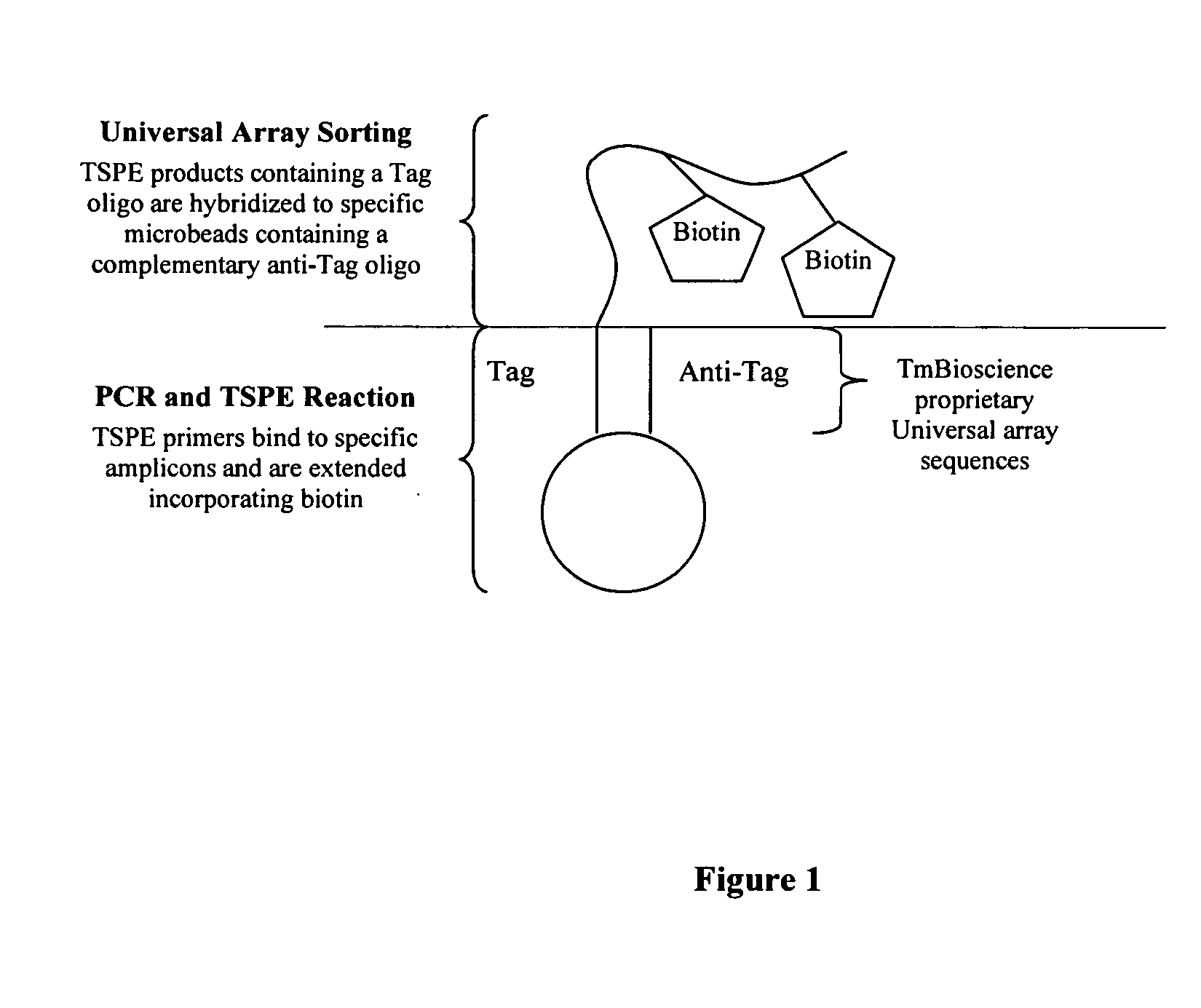Methods for diagnosis and treatment of chronic fatigue syndrome
a chronic fatigue syndrome and patient technology, applied in the direction of phosphorous compound active ingredients, heterocyclic compound active ingredients, biocide, etc., can solve the problems of inability to identify actives, inability to abort abortive herpesvirus infection, and inability to adequately diagnose and treat patients
- Summary
- Abstract
- Description
- Claims
- Application Information
AI Technical Summary
Benefits of technology
Problems solved by technology
Method used
Image
Examples
example 1
Subset Directed Antiviral Therapy of Cytomegalovirus, Epstein-Barr Virus Co-Infection Chronic Fatigue Syndrome
[0103]Ten patients with chronic fatigue syndrome (CFS) of 1.3-2.6 years duration had elevated serum antibody titers to cytomegalovirus (HCMV), and 9 of these patients also had elevated serum antibody titers to Epstein-Barr virus (EBV). They were classified: HCMV-EBV subset (nine patients) and HCMV subset (one patient) CFS. We determined whether subset classification is required for successful antiviral therapy of CFS.
[0104]CFS patients with elevated serum antibody titers to HCMV and EBV were treated with valganciclovir (HCMV) and valacyclovir (EBV) according to subset classification for a mean of 2.6±0.4 years. The 10 patients returned to health and remain well. Five patients continue no antiviral drug, and five patients require continuing antiviral suppressive therapy. No significant side effects were observed. Subset directed antiviral therapy leads to sustained recovery i...
example 2
Immunoassay with Cytomegalovirus Early Antigens from Gene Products p52 (UL44) and CM2 (UL44 and UL57) Detect Active Infection in Patients with Chronic Fatigue Syndrome
[0106]The purpose of this study was to demonstrate that use of recombinant early antigens for detection of antibodies to cytomegalovirus (HCMV) gene products CM2 (UL44, UL57) and p52 (UL44) is specific in the diagnosis and differentiation of active HCMV infection in a subset of patients with chronic fatigue syndrome (CFS) which is often missed by current ELISA assay that uses crude viral lysate antigen. At a single clinic a total of 4,774 serologic tests were performed in 1135 CFS patients using two immunoassays: Copalis immunoassay and ELISA immunoassay. The Copalis immunoassay utilized HCMV early gene products of UL44 and UL57 recombinant antigens for detection of HCMV IgM antibody and viral capsid antigen for detection of HCMV IgG antibody The ELISA immunoassay utilized viral crude lysate as antigen for detection of...
example 3
Valacyclovir Treatment in Epstein-Barr Virus Subset Chronic Fatigue Syndrome, Thirty-Six Month Follow-up
[0109]We used subset classification of Epstein-Barr virus (EBV) in chronic fatigue (CFS). We (1) performed (Group 1) a blinded-random placebo-controlled trial of valacyclovir in EBV CFS subset, and (2) followed (Group 2) this EBV subset for thirty-six months. Patients were given valacyclovir 14.3 mg per kg every 6 hours. The validated Energy Index point score (EI) assessing physical functional capacity, Holter monitor, multigated (radionuclide) MUGA rest / stress ventriculographic examination, EBV serum IgM viral capsid antibodies (VCA), and EBV Early Antigen diffuse, (EA) were evaluated.
[0110]Group 1: after six months CFS patients receiving valacyclovir experienced an increased mean least square EI Point Scores +1.12 units (122 Kcal / day), while the placebo cohort increased +0.42 EI units (+65 Kcal / day). Group 2: EI Point Scores increased progressively. Sinus tachycardias decreased ...
PUM
| Property | Measurement | Unit |
|---|---|---|
| Time | aaaaa | aaaaa |
| Time | aaaaa | aaaaa |
| Time | aaaaa | aaaaa |
Abstract
Description
Claims
Application Information
 Login to View More
Login to View More - R&D
- Intellectual Property
- Life Sciences
- Materials
- Tech Scout
- Unparalleled Data Quality
- Higher Quality Content
- 60% Fewer Hallucinations
Browse by: Latest US Patents, China's latest patents, Technical Efficacy Thesaurus, Application Domain, Technology Topic, Popular Technical Reports.
© 2025 PatSnap. All rights reserved.Legal|Privacy policy|Modern Slavery Act Transparency Statement|Sitemap|About US| Contact US: help@patsnap.com


